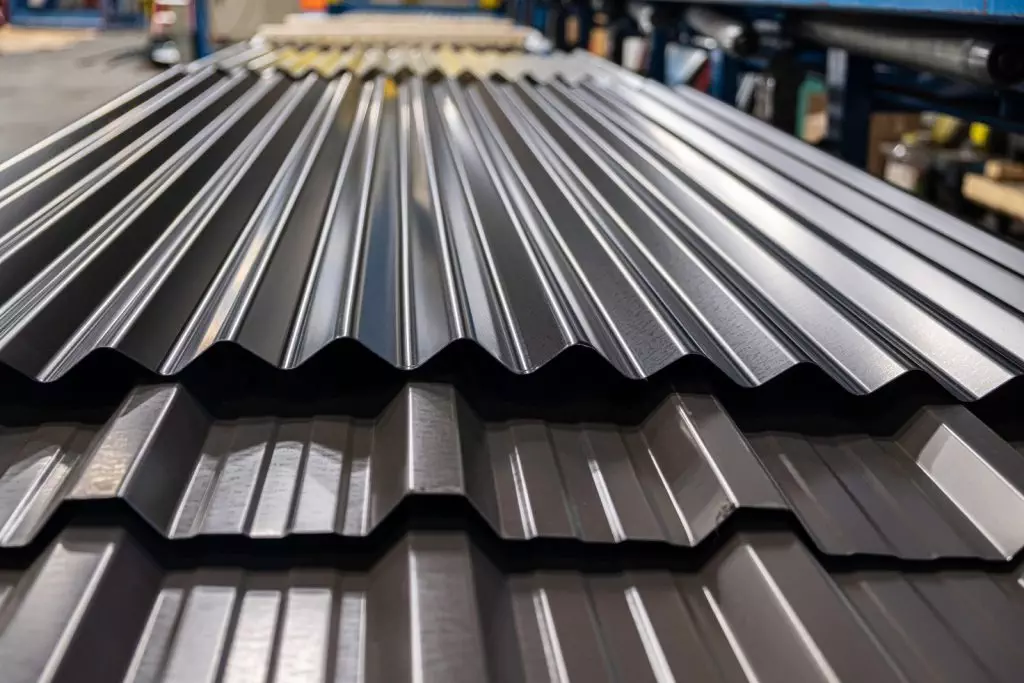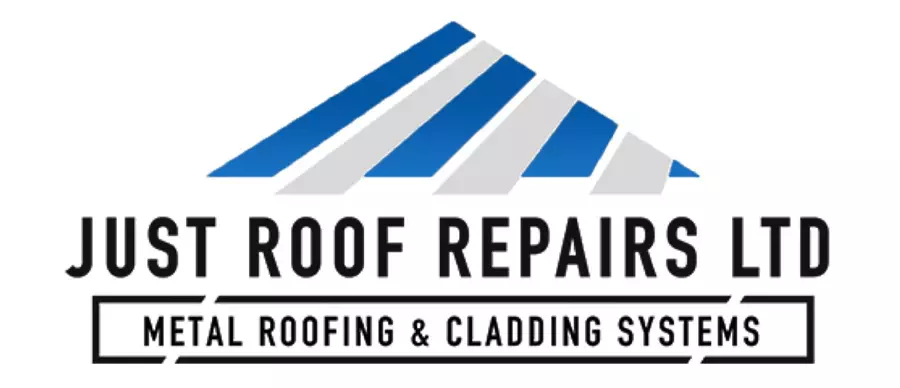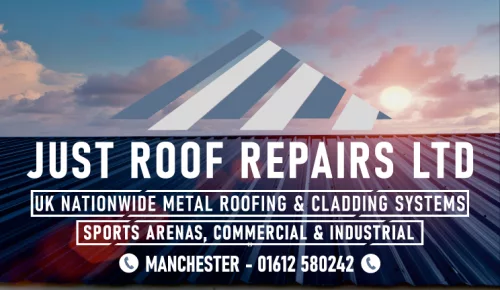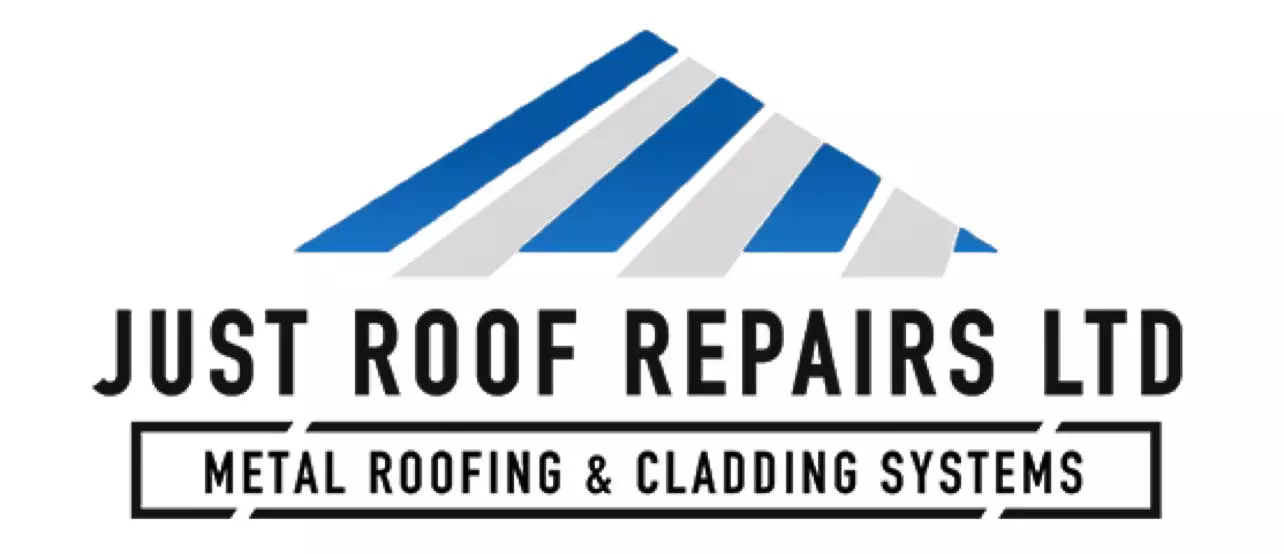Cold bridging in metal roofs is a serious issue, especially in the UK’s changeable climate. It happens when heat escapes through materials that conduct heat easily—like metal—causing your insulation to work less effectively. This leads to energy loss and increases the chance of condensation.
Understanding how cold bridging works in your building is key to keeping it warm and energy-efficient. So, what can you do to stop it? Let’s look at what causes cold bridging and the best ways to prevent it.

Key Takeaways
- Cold bridging happens when heat passes through materials like metal, bypassing insulation. This causes heat loss and condensation.
- The UK’s unpredictable weather makes metal roofs more at risk, so tough, effective insulation is important.
- You can spot cold bridging by checking where different materials meet and using thermal imaging to find colder areas.
- To fix it, improve insulation, add thermal breaks, and seal up any gaps.
- Regular checks help stop cold bridging and keep metal roofs in good shape.
What Is Cold Bridging?
Cold bridging—also called thermal bridging—happens when a material that conducts heat (like metal) lets warmth pass through, bypassing the insulation. This can cause cold spots and condensation.
In metal roof systems, this is a big problem. When metal parts connect the inside of your building to the outside, they create a path for heat to escape. That makes certain areas colder and raises the chance of condensation forming.
By understanding how this works, you can choose better insulation and add thermal breaks to keep heat in, save energy, and improve comfort.
How Cold Bridging Happens in Metal Roofs
Cold bridging often occurs during the installation of metal roofs. That’s because these systems can create direct connections between the inside and outside of a building.
This is especially true at points where metal joins with other materials, like timber or insulation. Since metal conducts heat well, it pulls warmth from inside to the outside, creating cold spots.
If there are gaps in the insulation—or it isn’t installed properly—this can make things even worse by letting cold air in.
How Cold Bridging Affects Your Roof’s Performance
Cold bridging reduces how well your metal roof keeps warmth in. This means:
- More energy is used to heat your home or building.
- Your heating bills go up.
- Cold spots inside your building become more common.
- Condensation can build up, which might lead to damp problems.
Fixing cold bridging is key to making sure your insulation works properly and your building stays warm and energy-efficient.
How to Spot Cold Bridging in Your Building
To check for cold bridging:
- Look at places where different materials meet—like roof edges, corners, or where walls connect.
- Use a thermal imaging camera to find cold areas (they’ll show up as dark spots).
- Check for signs of damp or moisture, especially in colder months.
- Watch for condensation on walls or ceilings.
- Make sure insulation is evenly spread and hasn’t moved or been compressed.
How to Fix Cold Bridging in Metal Roofs
To stop cold bridging in metal roofs, use a mix of better insulation and smart design choices.
Here’s what you can do:
- Upgrade insulation: Choose materials with good thermal resistance. Rigid insulation boards under the metal roof work well.
- Add thermal breaks: These stop the metal from carrying heat out of the building. Place them at joints and around support structures.
- Seal gaps properly: Use high-quality sealants to block cold air and moisture.
- Do regular checks: This helps you catch issues early and keep your roof working efficiently.
Why Insulation Matters in Preventing Cold Bridging
Insulation plays a big part in stopping cold bridging. It helps keep warm air inside and cold air out.
Let’s break this down:
1. Types of Insulation Materials
- Foam board insulation: Strong and rigid, with a high level of thermal resistance. It’s easy to install and helps stop heat from escaping.
- Mineral wool insulation: Great for filling in gaps. It’s fire-resistant, reduces noise, and helps block thermal bridges.
Choose what fits your project best, depending on the building design and the local climate.
2. Insulation Installation Techniques
- The way you install insulation matters just as much as the type you use.
- Avoid leaving any gaps, especially around edges, pipes, or vents.
- Use tight seams and make sure all parts are covered evenly.
- Add thermal breaks where needed.
Doing it right ensures the insulation works at full strength.
3. Energy Efficiency Impact
- When insulation is properly installed, your building stays warmer for longer.
- Cold bridging causes heat loss, which means more energy is needed to heat your space.
- Fixing this saves money and reduces your carbon footprint.
Best Practices for Installing Metal Roofs in the UK
The UK’s weather makes roof installation tricky—rain, wind, and temperature swings can all cause problems. Here’s how to get it right:
- Design with thermal performance in mind: Prevent cold bridging with good planning.
- Use quality materials: Choose ones that can handle the UK’s climate.
- Install insulation boards under metal panels: These improve warmth and comfort.
- Seal properly: Use weather-resistant sealants and fasteners.
- Check ventilation: Make sure air can flow to prevent moisture build-up.
- Do regular inspections: Keep your roof in top shape by spotting issues early.
Frequently Asked Questions
1. How does cold bridging affect my energy bills in the UK?
Cold bridging lets heat escape, which means you’ll use more energy to keep your space warm. That leads to higher heating bills.
2. Can cold bridging damage my metal roof?
Yes. It can cause condensation and moisture build-up, which may lead to rust or weaken the roof’s structure over time.
3. What happens if I ignore cold bridging?
Over time, it can cause damp, mould, heat loss, and damage to your insulation or structure. It also increases energy costs.
4. How often should I check for cold bridging?
At least twice a year—ideally before and after winter. Regular checks help catch problems early and save money in the long run.
5. Are there any UK building regulations about cold bridging?
Yes. Building rules in the UK require buildings to be energy efficient and limit heat loss. That includes taking steps to avoid cold bridging.
Conclusion
To sum up, cold bridging is a real concern for metal roofs—especially in the UK’s unpredictable climate. But with the right knowledge and actions, you can manage it.
By spotting cold bridges, upgrading insulation, using thermal breaks, and following good building practices, you’ll improve your building’s energy efficiency, comfort, and durability.
Don’t let the weather win—protect your roof and keep your indoor space cosy all year round.


